Before Britain standardized the sword carried by its regimental sergeants and musicians, they were obliged to purchase swords of varying design that were chosen by wealthy regimental commanders. These were often expensive blades with characteristic silver-detailed mountings, and were painfully expensive for these sergeants and the drummers to buy and replace on their army wages.
When Britain standardized the swords to be carried by regimental officers, it also standardized a simpler, cheaper version of the sword that was to be worn by the sergeants and their accompanying drum and fife. Omitting the silver detailing and blade engraving, these all-brass hilted swords were in the form required and at a price befitting the wages of the men carrying them.
The sword design settled upon had a spadroon-like cut-and-thrust blade that was fitted into a hilt inspired by the gentlemanly smallswords of earlier years. A shorter-bladed version was created for the musicians, for they were often the shorter men in the regiment. These swords were not for show, sergeants and musicians were expected to fight when required. Unfortunately for them these 1796 swords were considered an inferior design of the time. The blade, though a compromise for cutting and thrusting, could do neither exceptionally well and the guard was considered too small to properly protect the hand. It wasnt until 1822 that Britain introduced new, standardized designs, making the 1796 infantry swords one of the blade patterns used throughout the entirety of the Napoleonic wars.
This recreation of the British 1796 Sergeants sword has a plain blade of unsharpened, tempered, high carbon steel. The hilt is entirely of brass. The scabbard is of leather with brass accents. The sword is the longer version used by the sergeants instead of the shorter blade used by the musicians, though the overall sword design and construction were inherently the same.



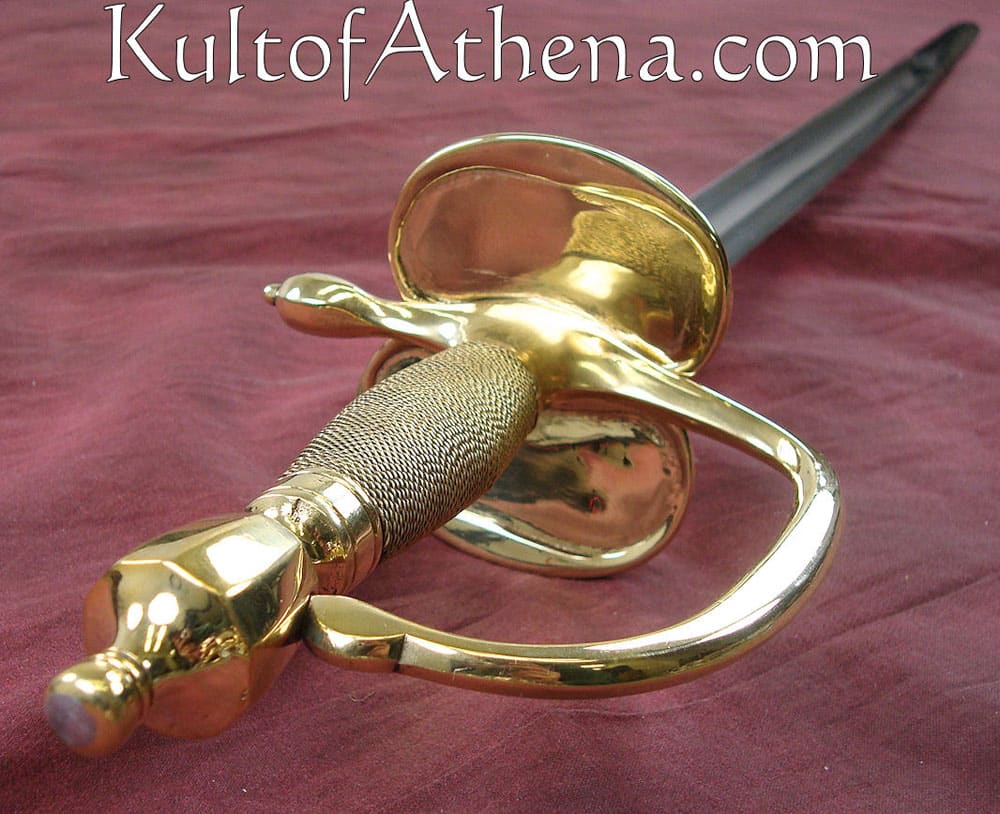

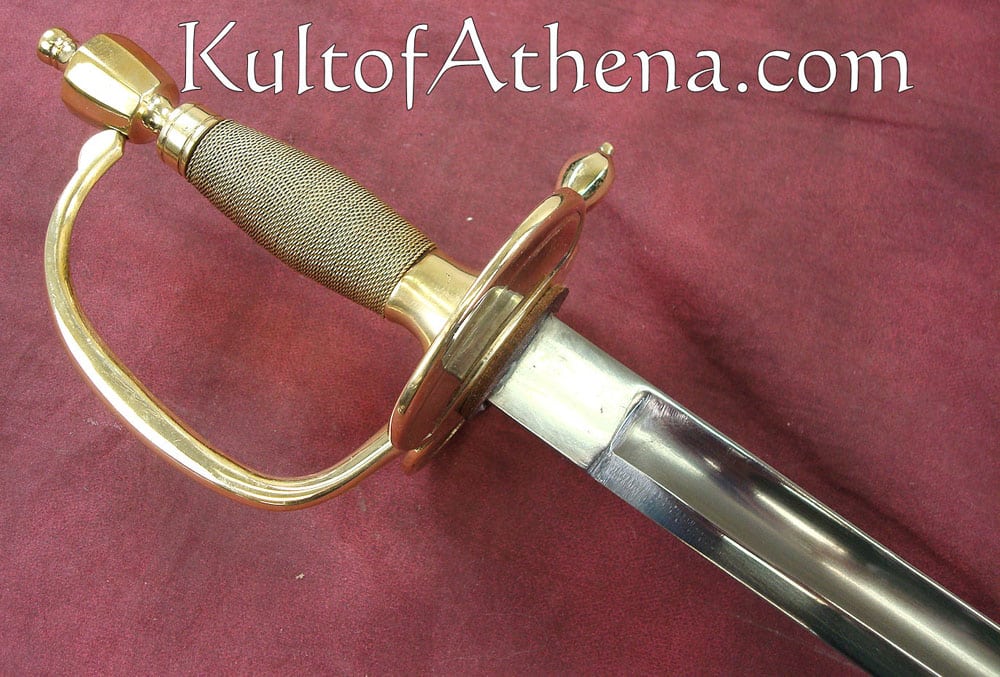
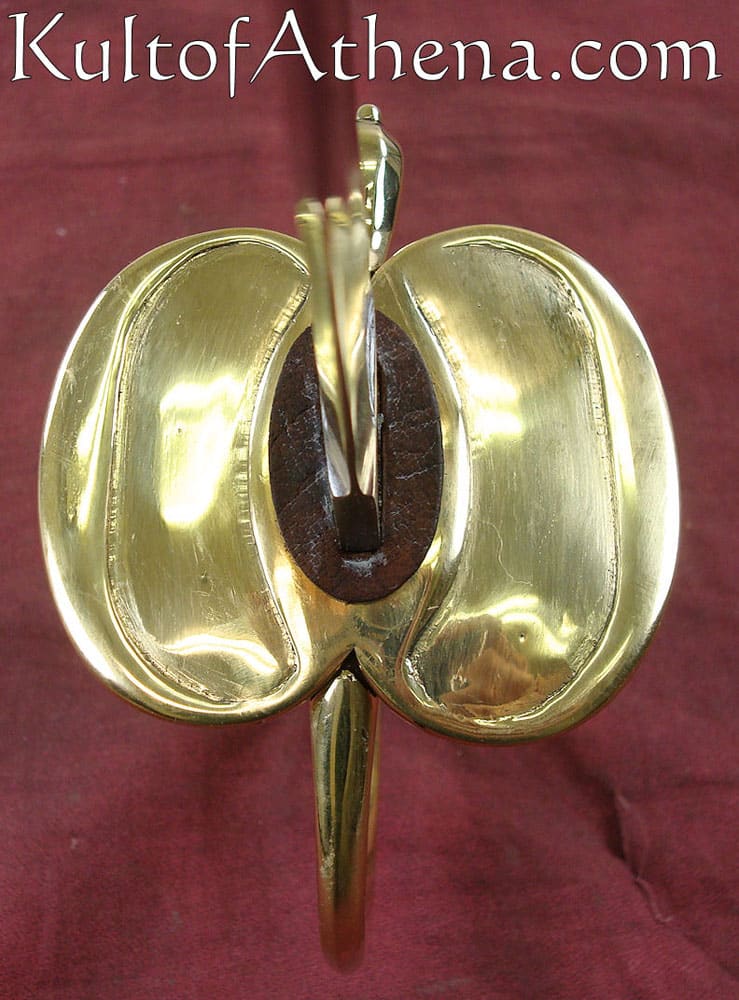

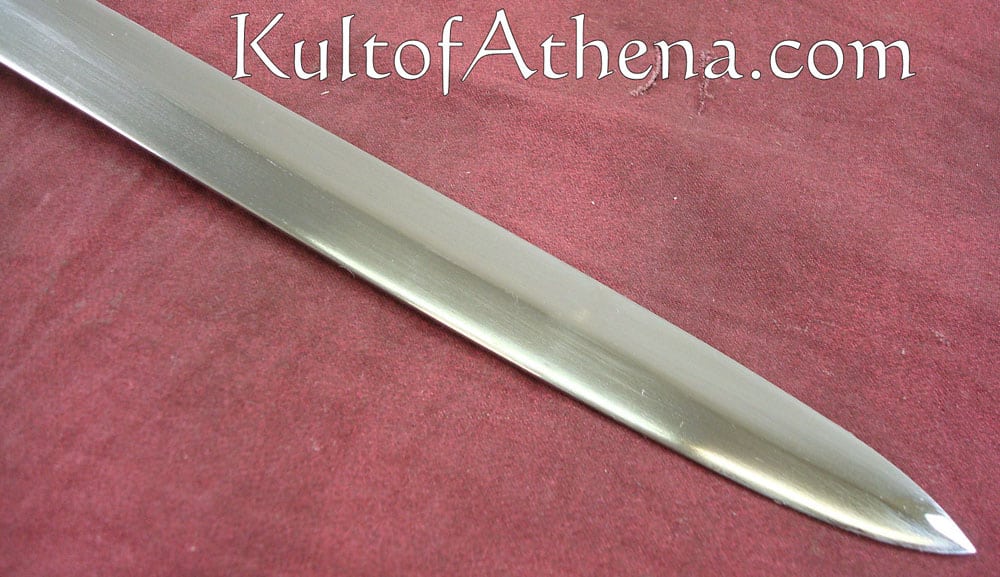

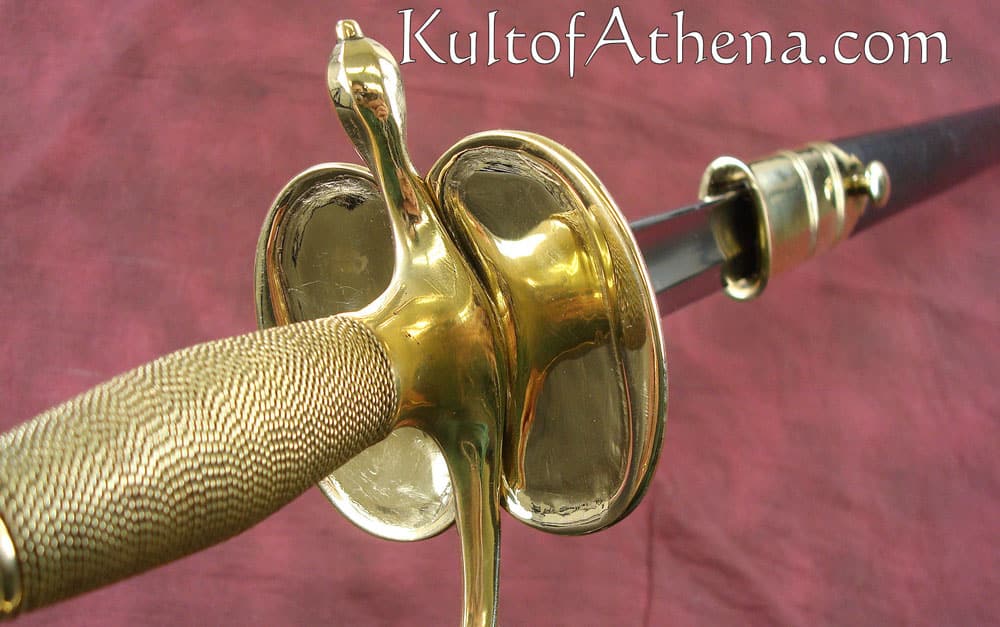
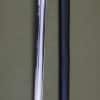

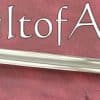
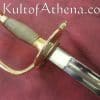
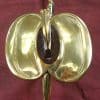
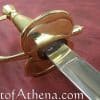

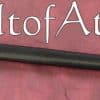
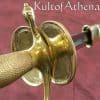
J. P. –
Firstly, this sword is not near the specs KuA advertises, or for that matter many other companies both in the U.S. and in EU that offer it. It is advertised by KuA as 1lb. 13.3oz (830 g) and by other sites as 883g (1lb 15oz); it is in fact 2.07lbs, or 940g. The blade is exactly 31″ in length and 10% thicker at the hilt than advertised (7.75mm vs. 7mm). Its POB is 6″, so the heavier blade does not compromise handling per se, even though the grip diameter foils optimum control. The grip is rather too small in diameter to allow good control of the piece, but thus may reflect the actual shortcoming of the original historical design. It does have more of a distal taper than most Universal offerings, but there is not as pronounced a blade taper to the tip as the actual historical sword, causing it to feel more tip-heavy than I expected. As delivered, the sword would not fully seat into the scabbard, leaving an inch of blade exposed, so filing must be done to both the scabbard throat and the blade.
Otherwise, the quality of fit and finish is up to Universal’s normal level. Overall, the sword is most compromised by its grip as previously said. Once I find a remedy to this, I hope to have more confidence in wielding it properly as I grow accustomed to its overall weight.